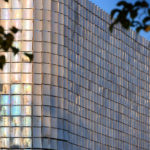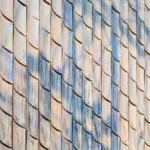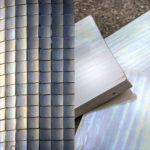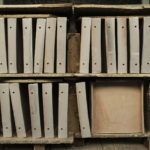PTT Saraphi: A Renovation Showcasing Local Craftsmanship
Project's Summary
PTT Saraphi is a remarkable renovation project that celebrates the rich craft traditions of Chiang Mai, Thailand. Spearheaded by Sher Maker, this project transforms an old gas station into a vibrant representation of local craftsmanship. The design process began with a deep inquiry into how local artisans could actively participate in the renovation, leading to a unique collaboration with regional craftsmanship studios and factories. By utilizing materials created through local expertise, the project supports the local economy and empowers artisans.

A defining feature of the PTT Saraphi project is its stunning ceramic facade, which draws inspiration from the Lanna culture of Northern Thailand. Collaborating with three local ceramic studios—Chatchaiwat Studio, Maerim Ceramic, and Saraphi Ceramic Art and Design—Sher Maker co-developed ceramic tiles that not only serve as functional building materials but also as a canvas for cultural expression. This integration of local artistry is a testament to the project's commitment to preserving and promoting the region's rich cultural heritage.

The design of the ceramic tiles is particularly innovative, as it engages with the natural environment. The building's height and location provide an unobstructed view of the sky, allowing the ceramic facade to reflect the changing colors of the atmosphere throughout the day. The curvature of the tile surfaces enhances this effect, creating a dynamic interplay of light and color that evolves with the sun's movement. This thoughtful design approach not only beautifies the structure but also establishes a deeper connection between the building and its surroundings.

An important aspect of the PTT Saraphi project is its focus on sustainability and community support. By sourcing materials locally and engaging local artisans in the production process, the renovation provides a direct source of income for these craftsmen. This aspect of the project reinforces the idea that architecture can be a catalyst for economic development and cultural preservation. The collaboration with local studios ensures that the craftsmanship is not only acknowledged but also celebrated as an essential component of the building's identity.
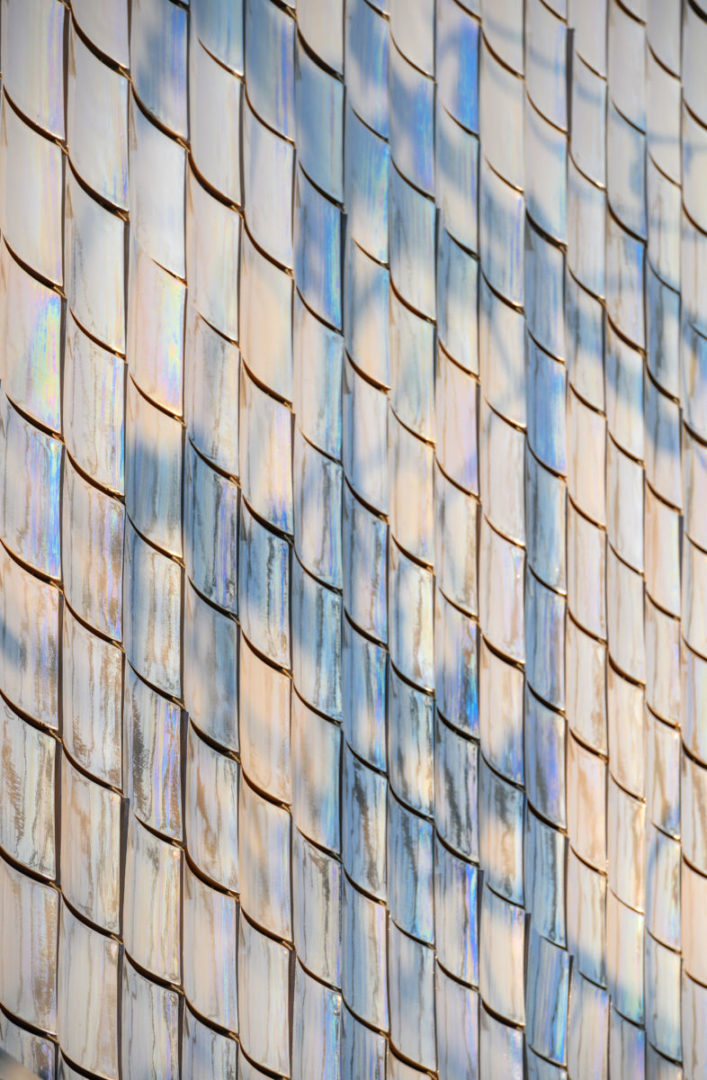
In conclusion, the PTT Saraphi renovation project stands as a beacon of creativity, collaboration, and cultural appreciation in Chiang Mai. By marrying traditional craftsmanship with modern architectural practices, Sher Maker has created a space that honors the past while looking toward the future. This project serves as an inspiring model for architects and designers worldwide, demonstrating the profound impact that local craftsmanship can have on architectural identity and community prosperity.
Read also about the M House by Yousef Madanat Architectural Studio project


